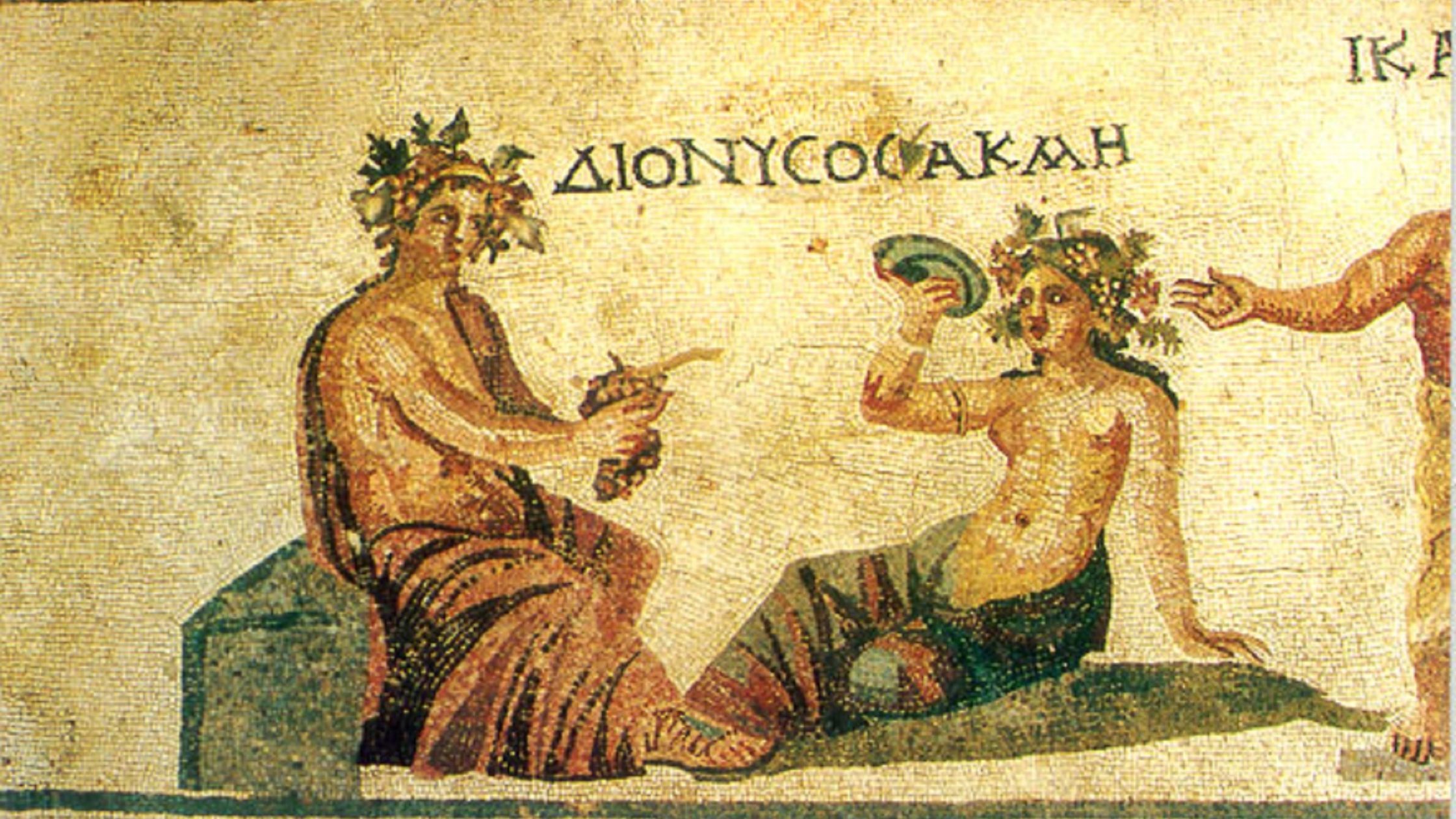History of Whisky: From Monastic Roots to Global Fame
2025-06-03


Let’s be real — wine has a vibe. Whether it’s a Netflix night with rosé or clinking glasses on a first date, wine feels timeless. But here’s the wild part: wine has been doing its thing for over 8,000 years. That’s older than writing, the wheel, and probably your favorite comfort food.
So how did this fermented grape juice become such a global obsession? In this blog, we’re taking you through the real story of wine: where it came from, who made it popular, and why Gen Z is giving it a fresh twist today.
Long before wine was being sipped prettily in Paris, it was being made in modern-day Georgia (yup, the one near Russia, not Atlanta). Archaeologists found clay jars with grape residue dating back to 6000 BC. That means people were drinking wine while still figuring out farming.
Fast Facts:
Takeaway: Wine wasn't just for fun — it was spiritual, social, and seriously old-school.
Key Point: Wine went from a sacred drink to a social essential. Romans made it mainstream.
| Civilization | Wine Use | Status Symbol? | Notable Facts |
| Egypt | Religious, elite use | Yes | Tomb wines for afterlife |
| Greece | Parties + philosophy | Yes | Dionysus, symposiums |
| Rome | Daily consumption | No | Spread vineyards across Europe |
Why It Mattered: Wine became more than a drink — it held meaning, ritual, and identity across religions.
When the Roman Empire fell, guess who kept wine alive? Monks. Especially in France and Italy, monks cultivated vineyards and took notes like total wine nerds.
Monastic Wine Facts:
Takeaway: Without the monks, your wine rack might be a lot emptier.
As Europe got artsy again, wine got bougie. Wealthy families and royals used wine to flex.
Quick Tip: If your bottle has a cork, thank the 1600s.
When Europeans started colonizing, they took vines with them. That’s why:
By the 1800s, wine was no longer just a Euro thing.
Cool Fact: Spanish monks planted the first vines in California (not wine bros).
In the late 1800s, European vineyards were attacked by a tiny pest called phylloxera. This bug destroyed over 70% of vines.
How They Fixed It:
Why You Should Care: Almost all wine you drink today comes from these hybrid vines. Yep, your Merlot has a survival story.
Gen Z Vibe Check:
Why It Hits: Gen Z cares about:
| Trend | Why Gen Z Loves It |
| Canned Wine | Chill, portable, low-key |
| Organic Wine | Clean, minimal intervention |
| Pet-Nats | Fizzy, funky, fun |
| Wine + Pop Culture | Relatable, meme-friendly |
Wine isn't just a drink — it's a timeline in a bottle. From ancient clay jars in Georgia to rooftop cans in Brooklyn, it's evolved with culture, religion, and taste. What makes wine special isn’t just how it’s made, but how it brings people together — whether you’re toasting a big win, vibing solo, or making awkward first-date small talk.
And now, with Gen Z reshaping the rules, the next chapter of wine’s story is already being written — more casual, more conscious, and way more fun.
For Regular Updates : Join WhatsApp Channel